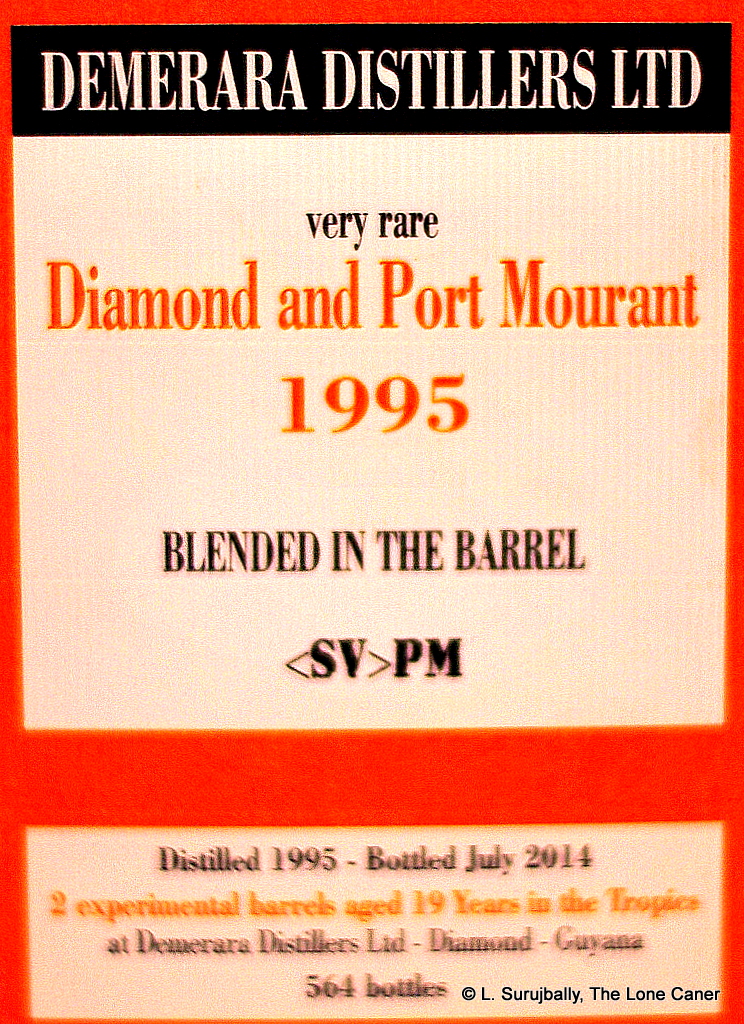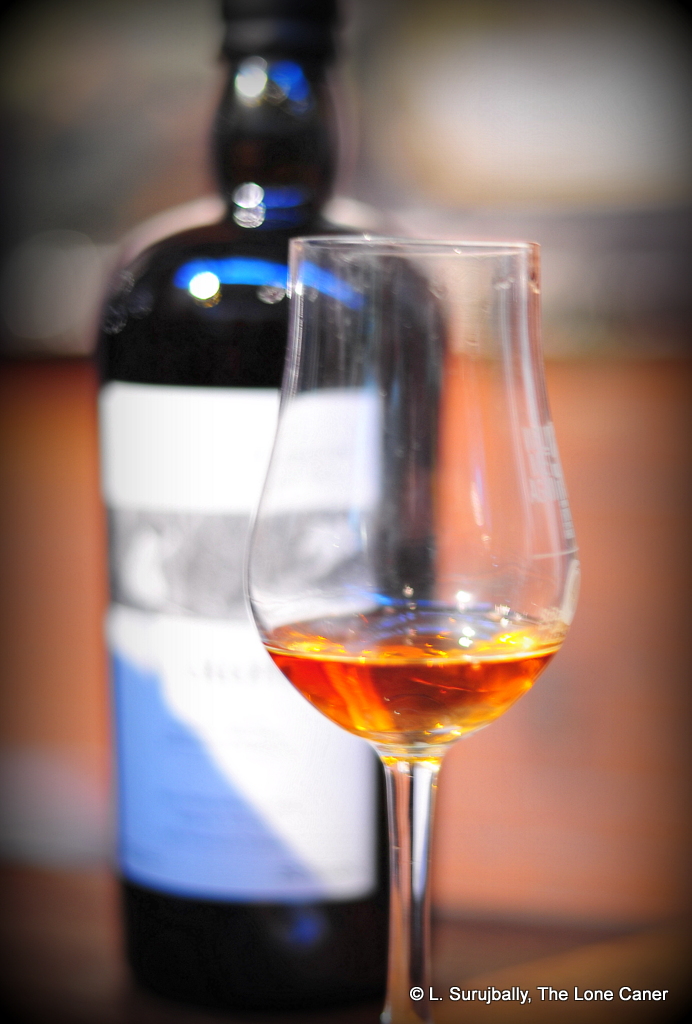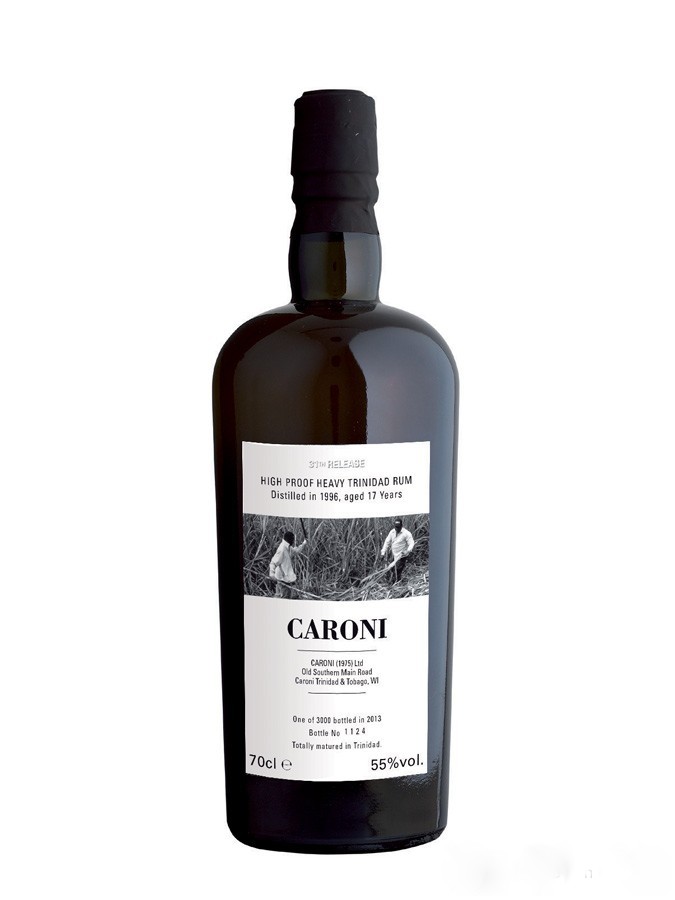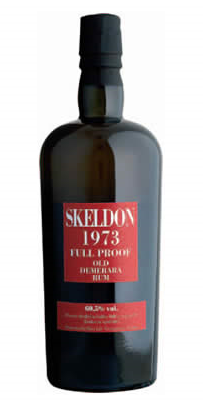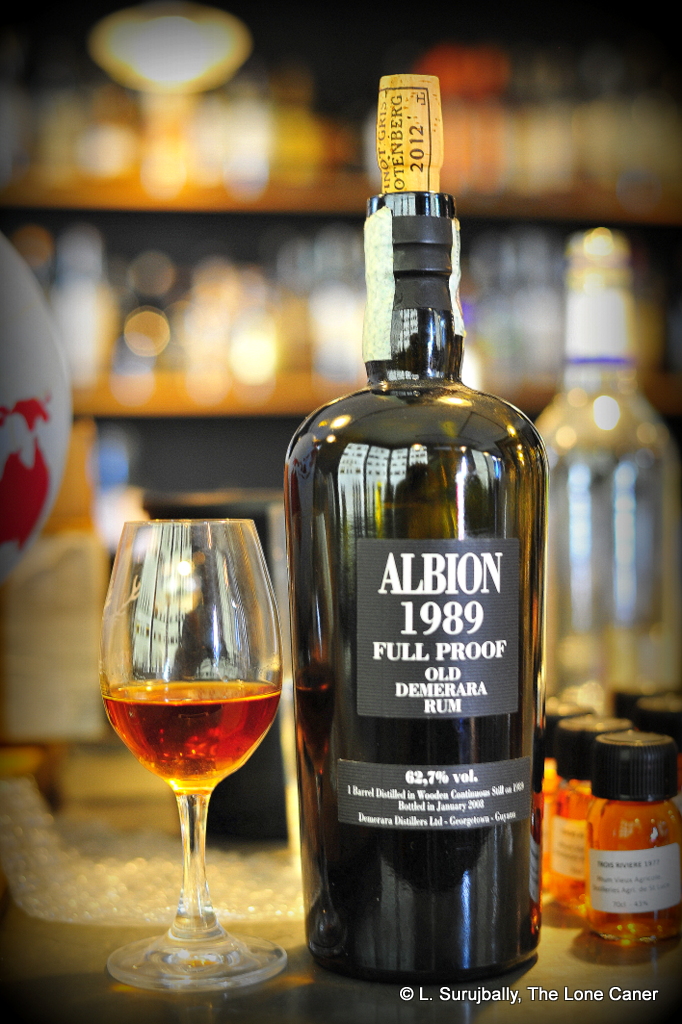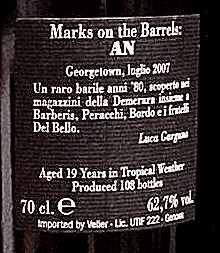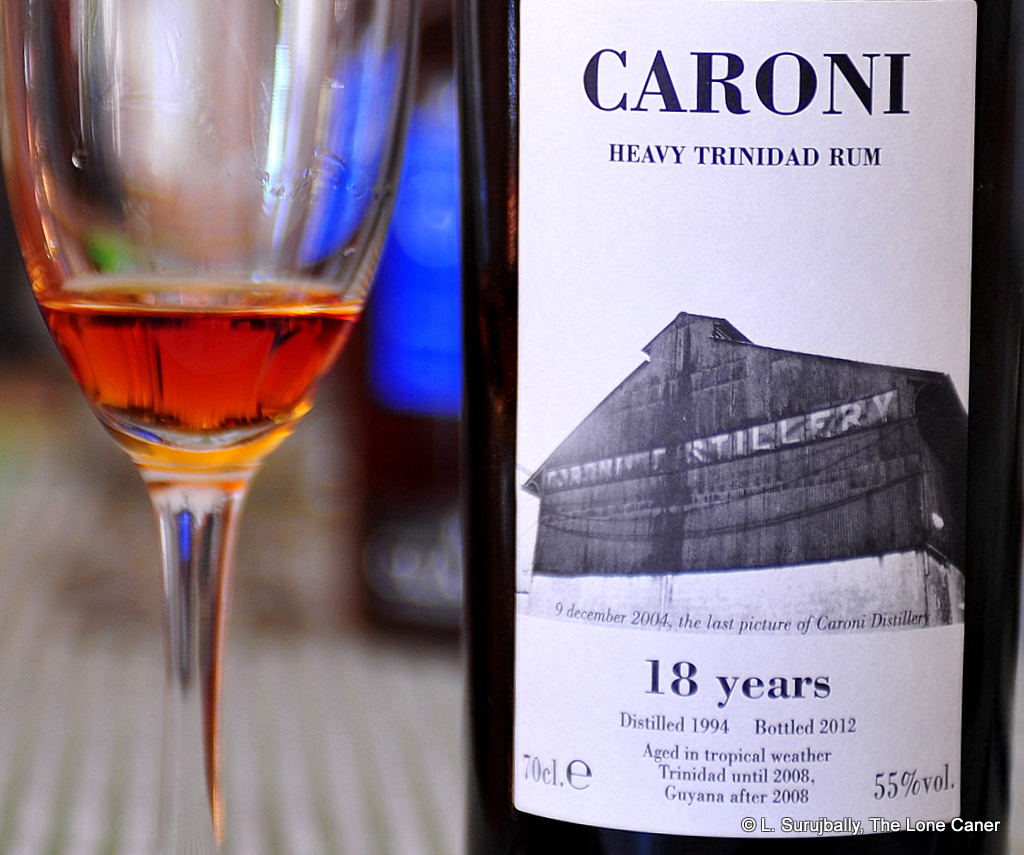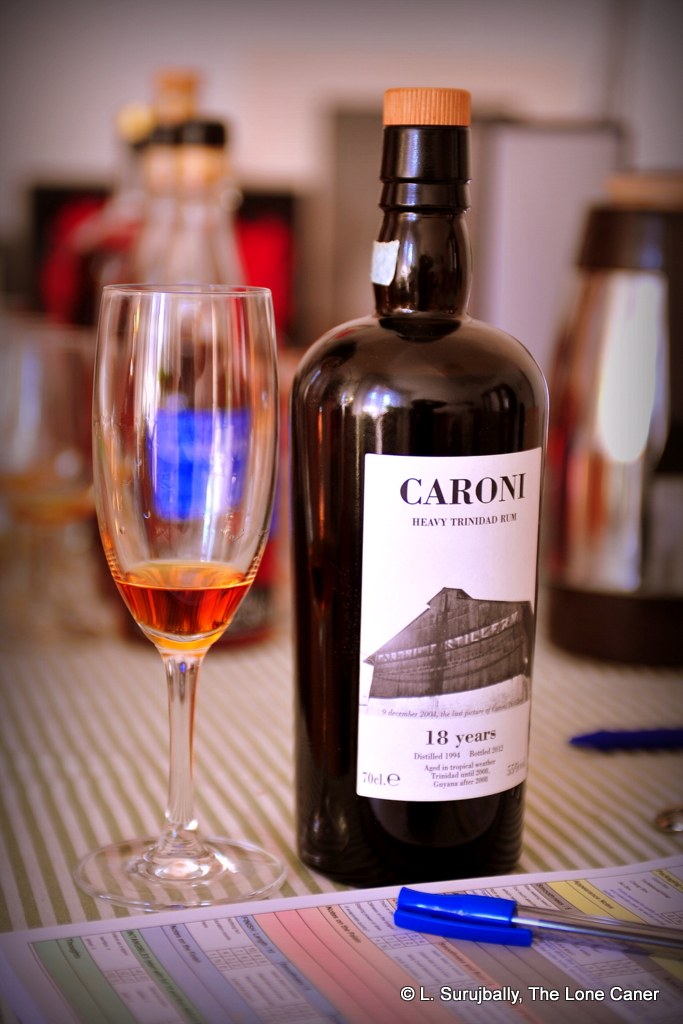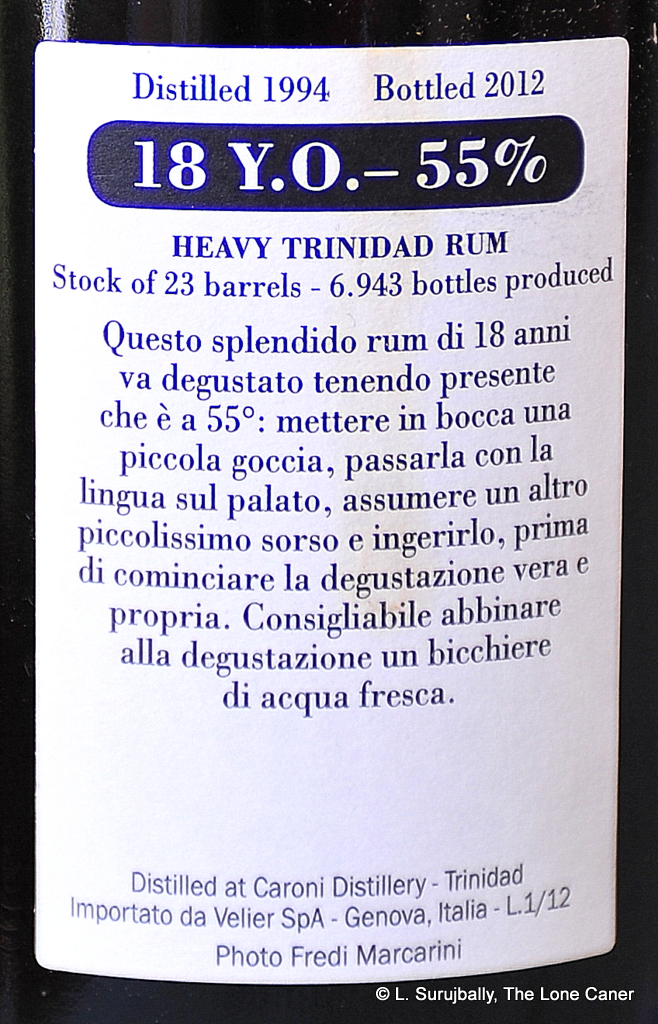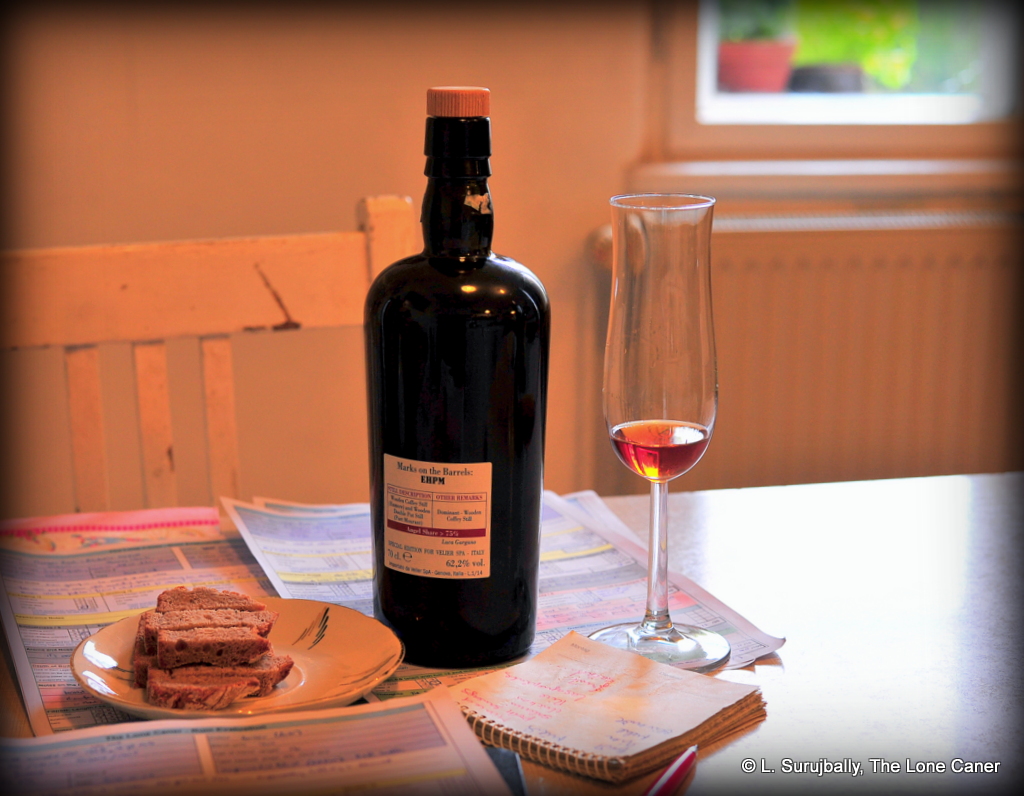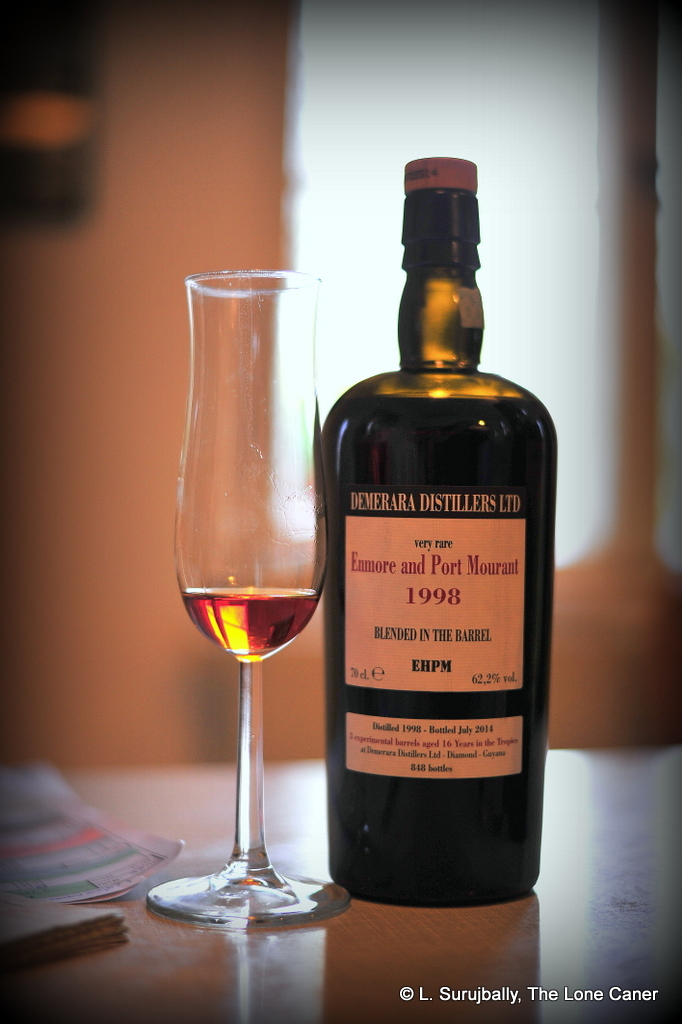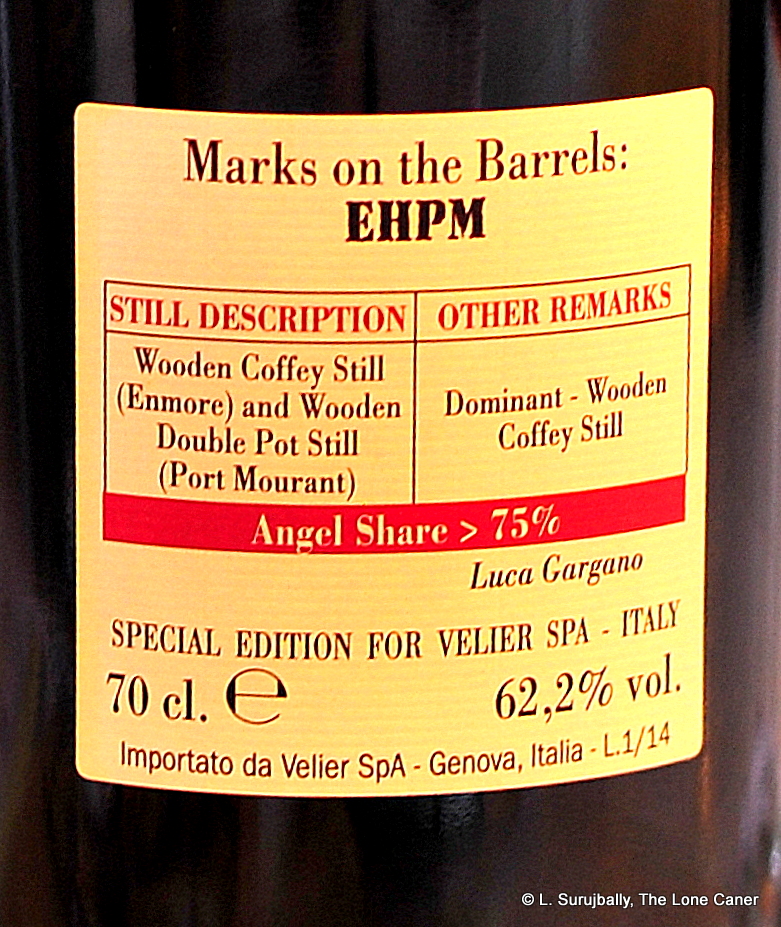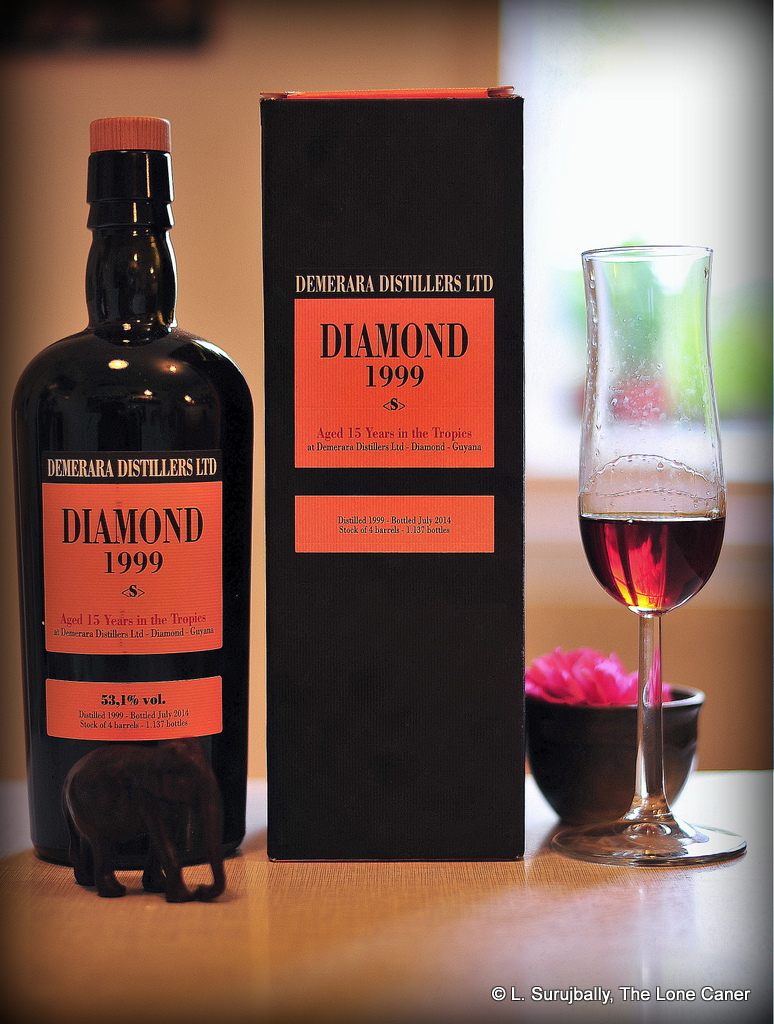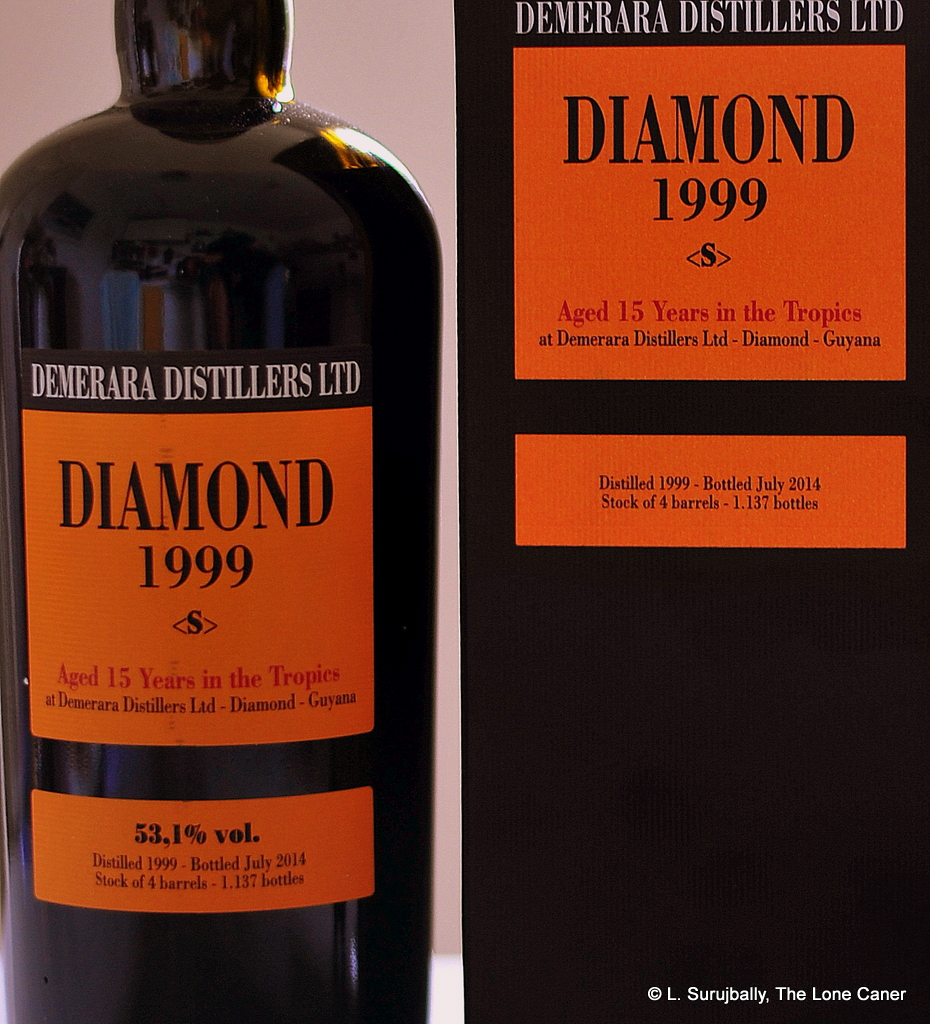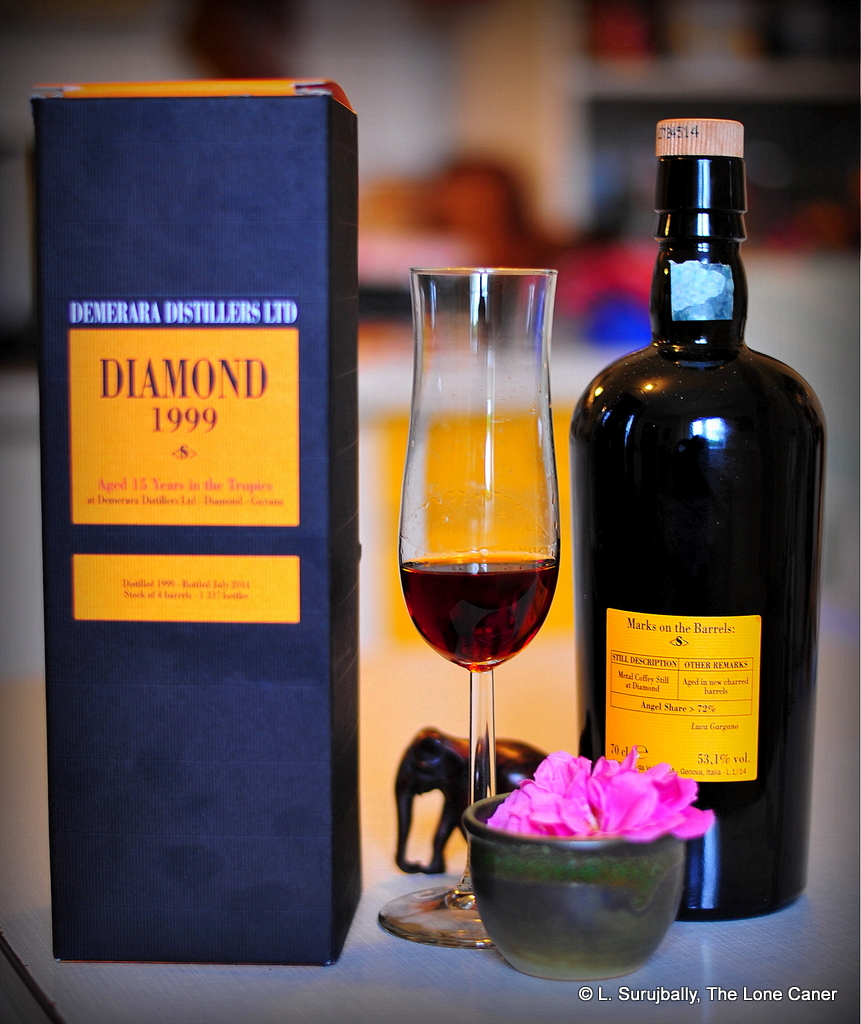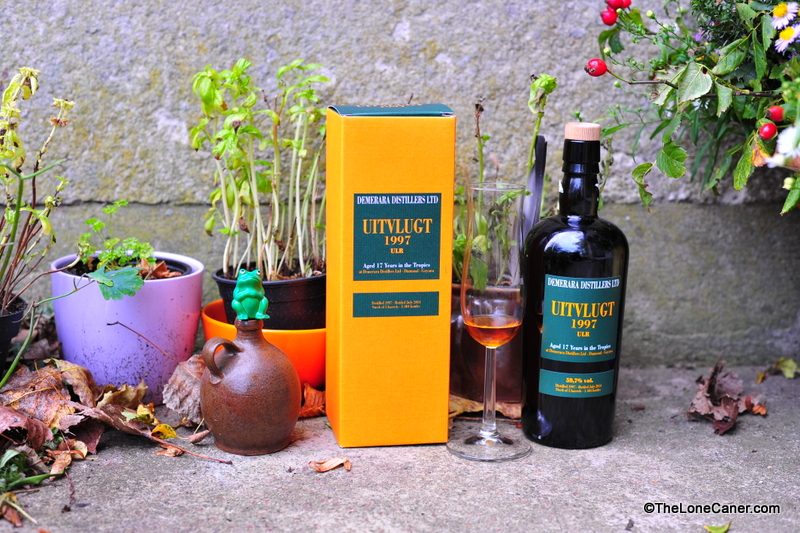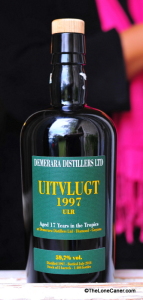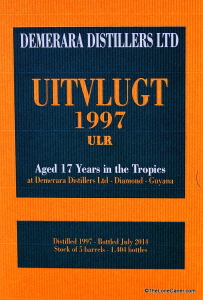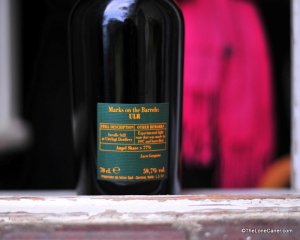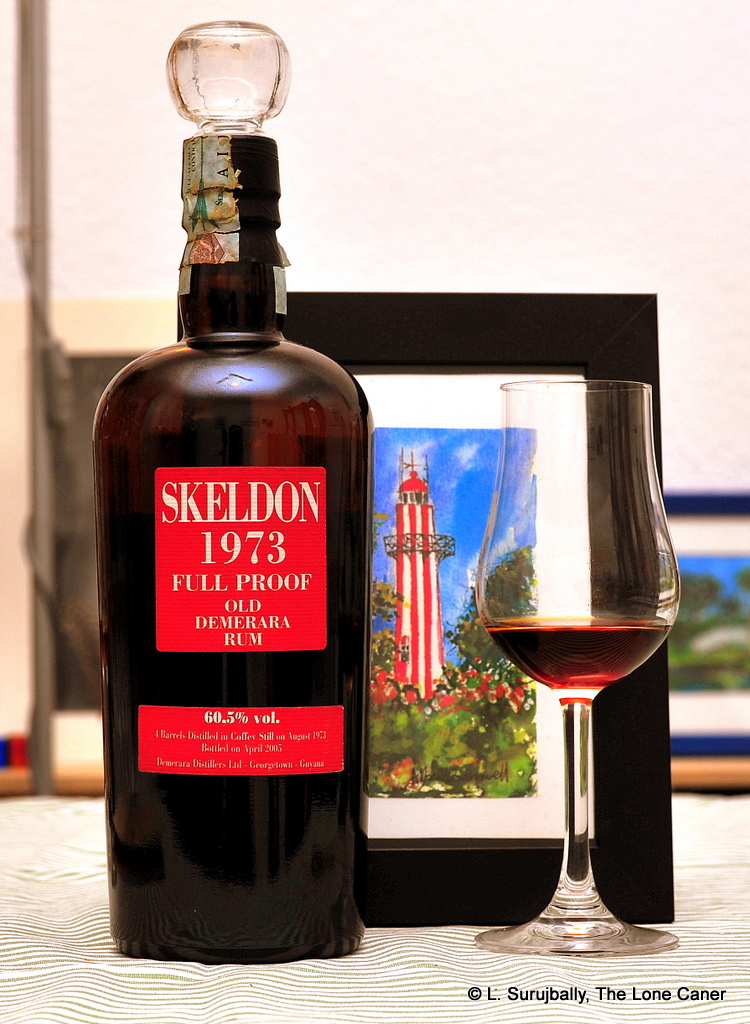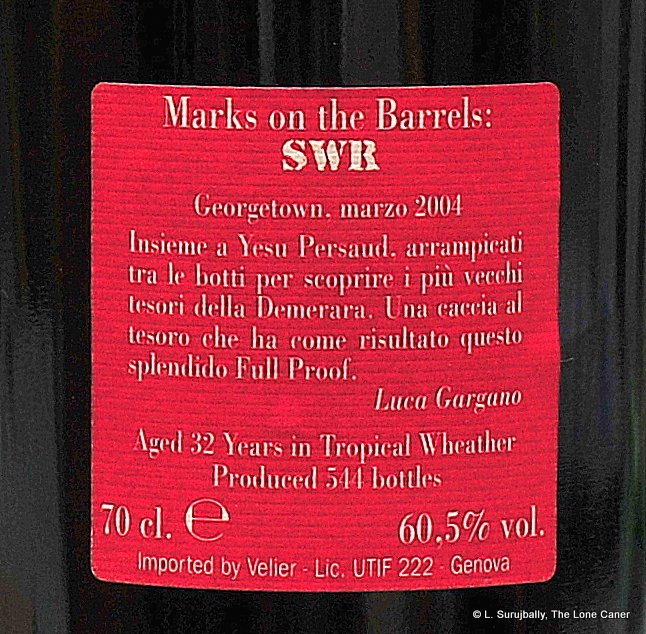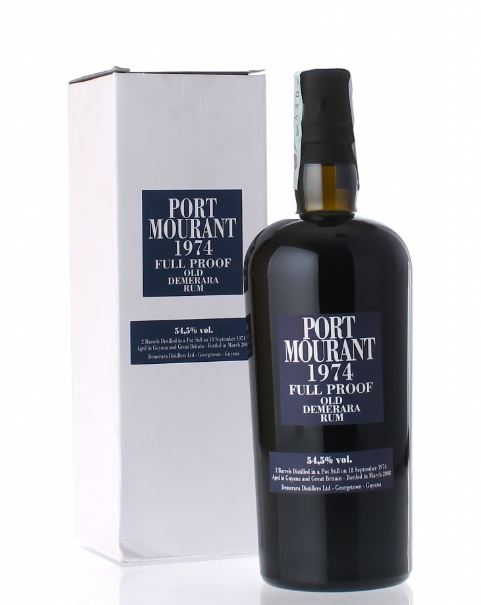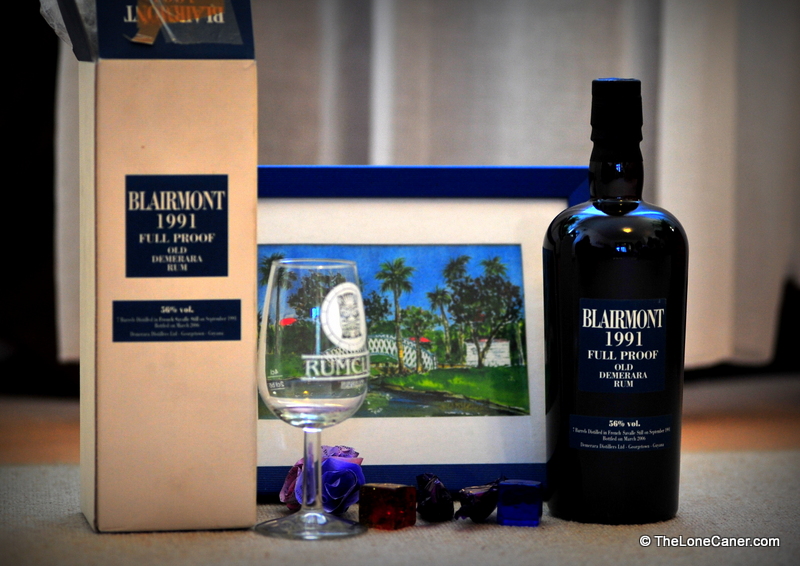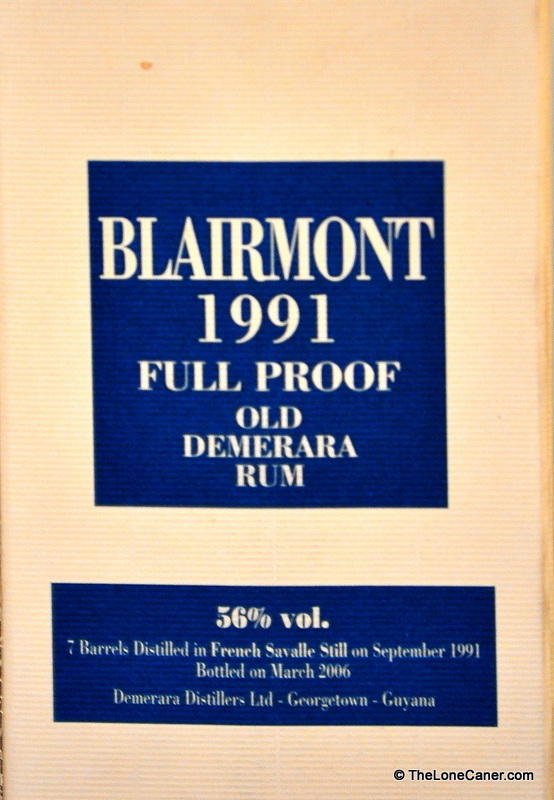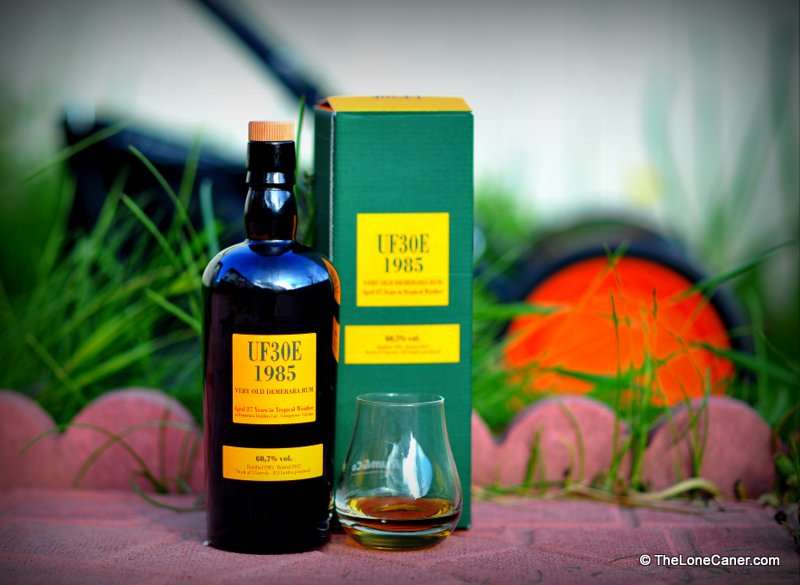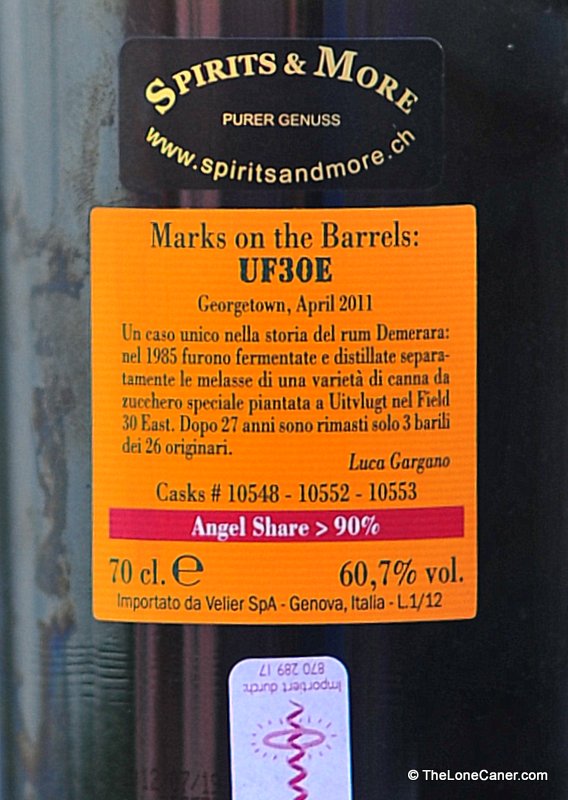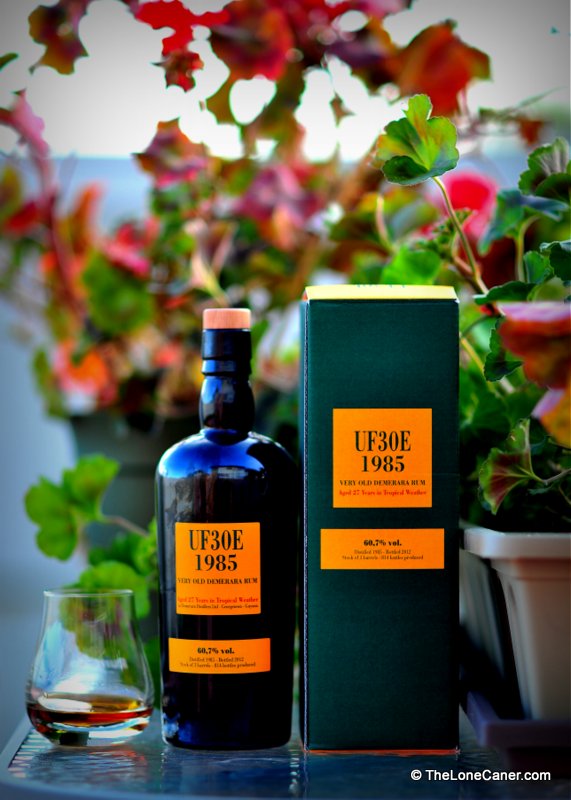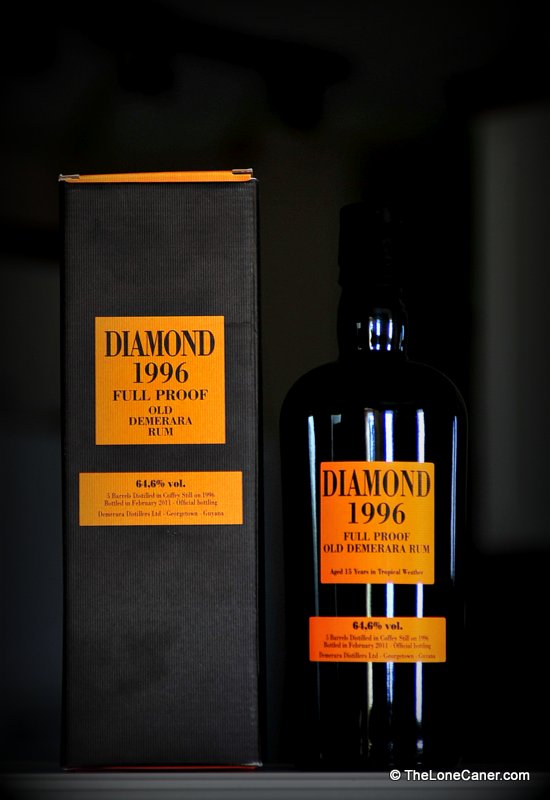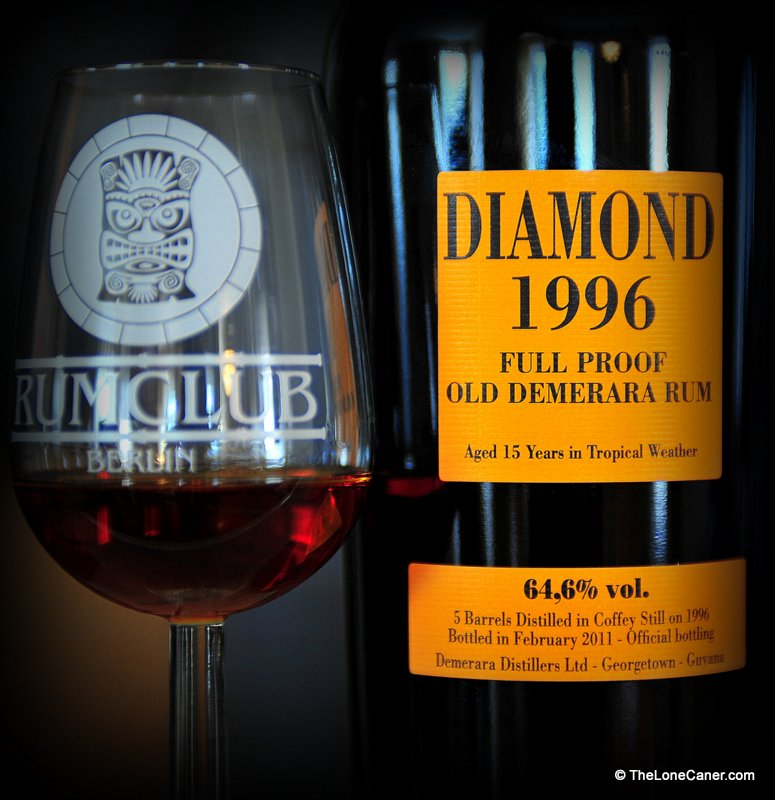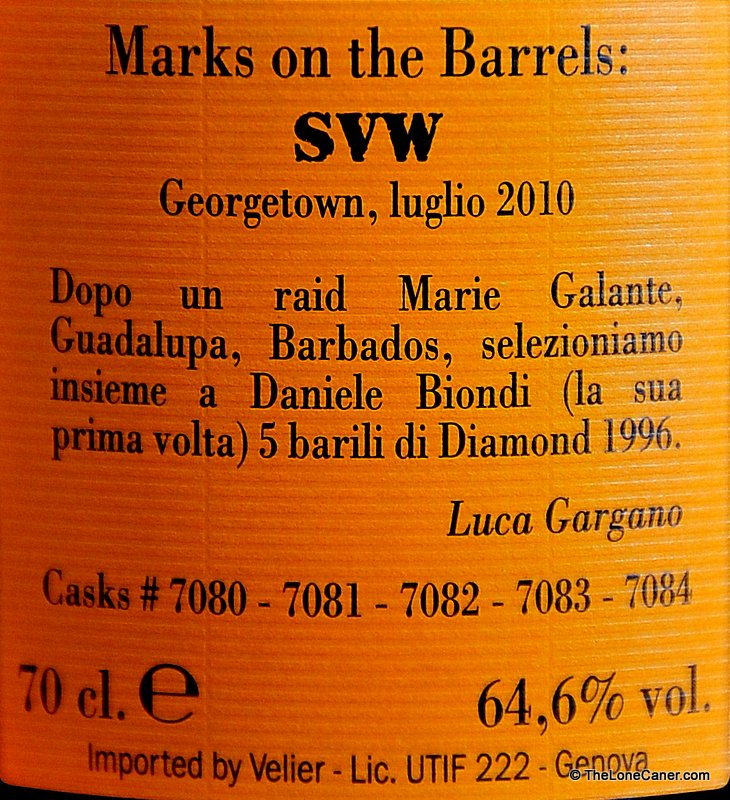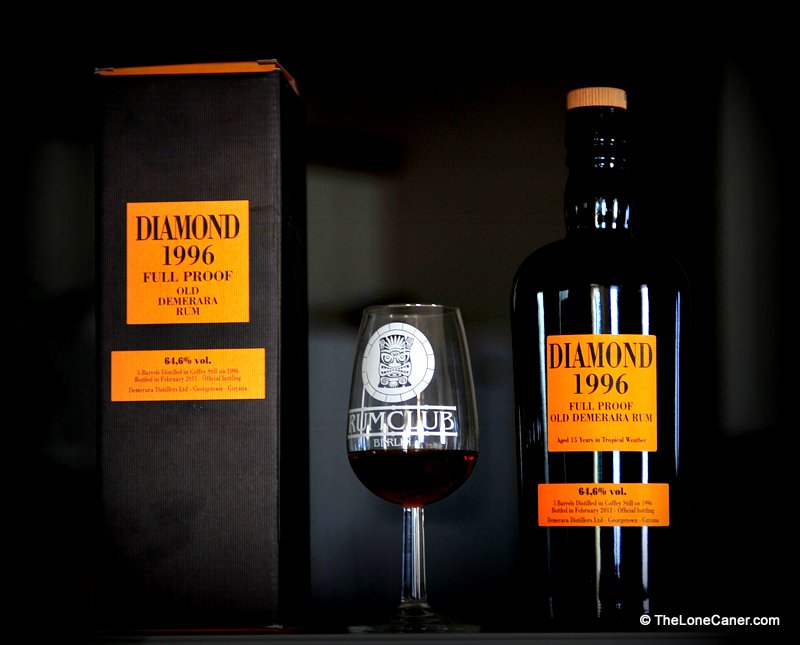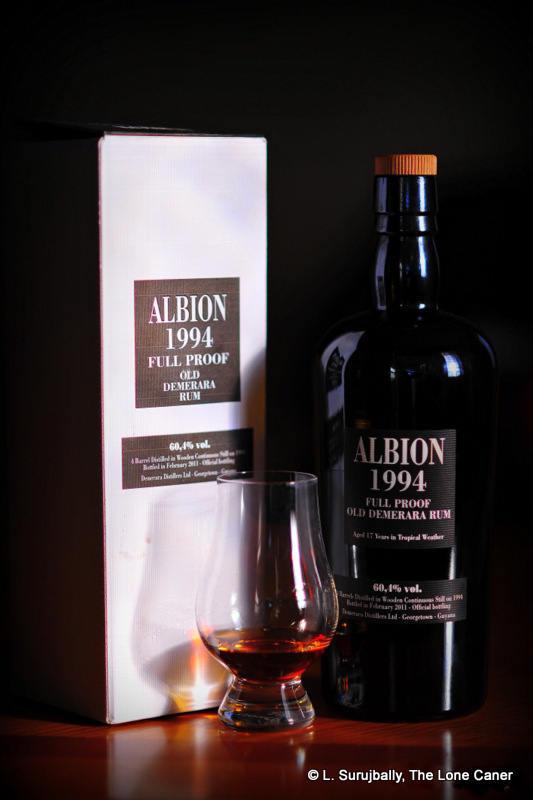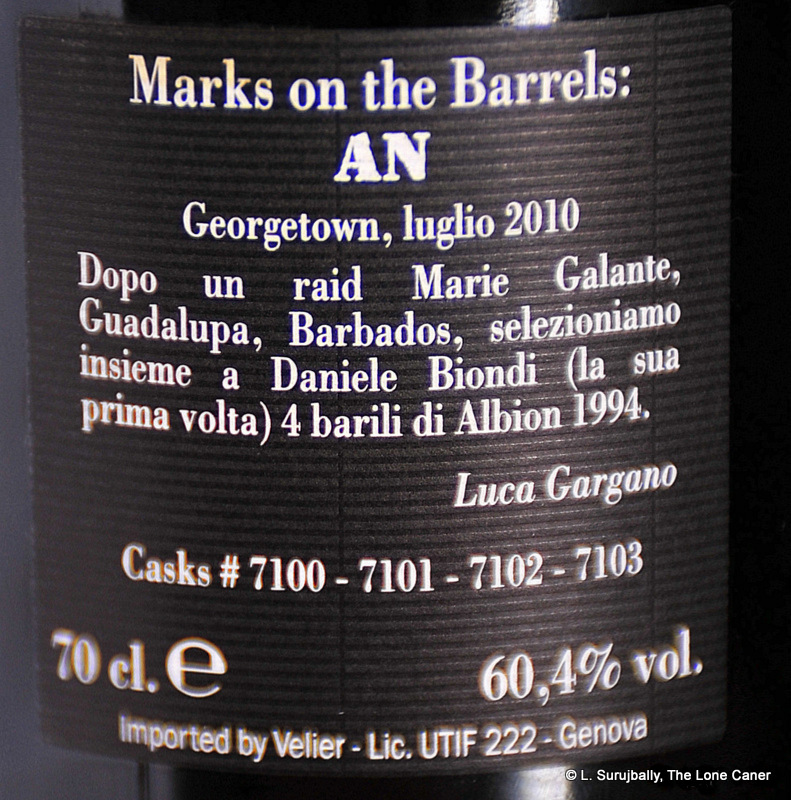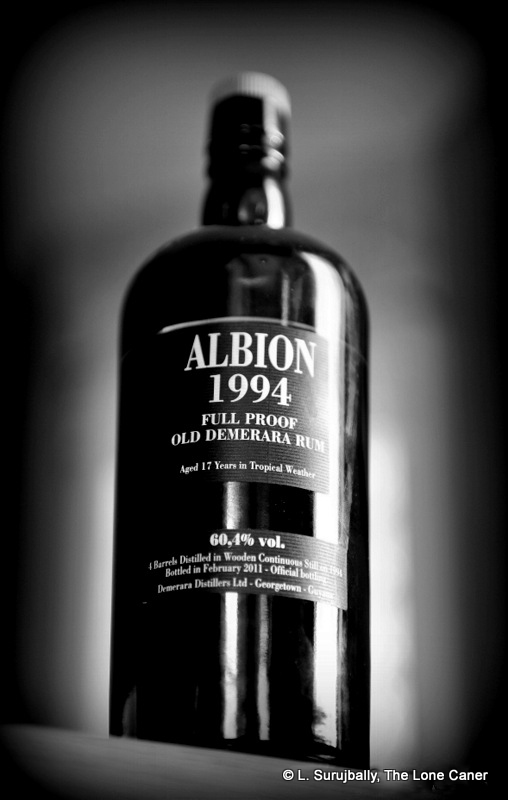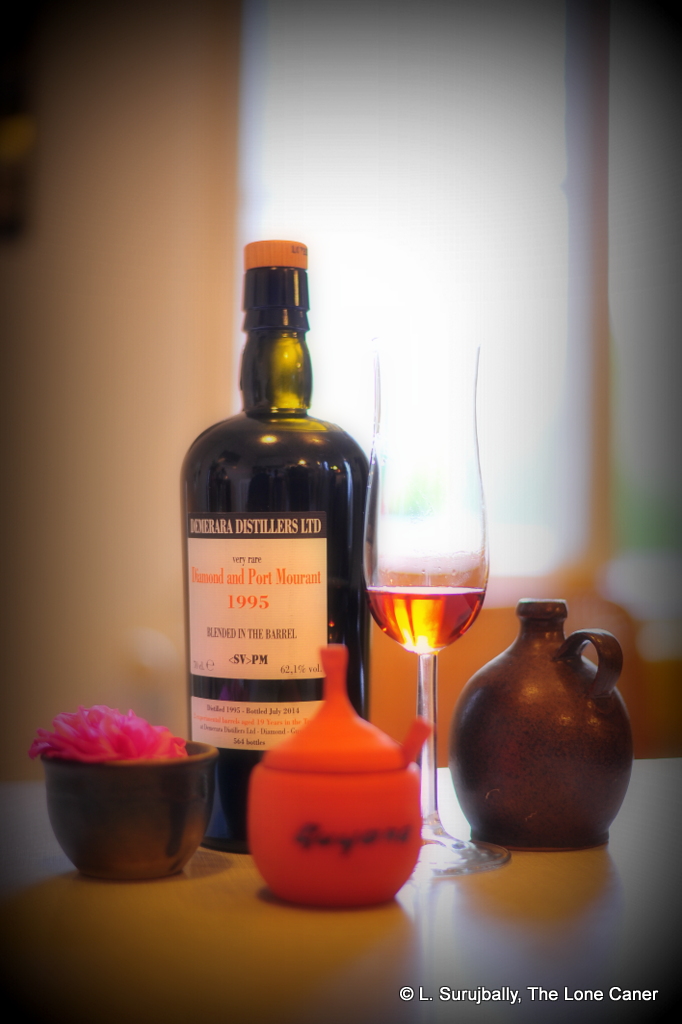
While I loved the single-minded, furious purity of the PM and Diamond rums individually, I could not find fault with what was accomplished by marrying them off.
(#228 / 89.5/100)
***
In a time where conglomerates rule the roost, where even old distilleries with respected antecedents produce supposedly high-end rums that aren’t always, the wonderment is that rums like Veliers can still be made. The craft makers are the sharp end of the spear – many are artists who cater only to those who want the pure rum experience…they live in their own corner of the rumworld, have small sales of pricey rums, and we must be prepared to enter there, hoping that their ethos seeps into the wider world. This rum is a good place to start. Because, you see, working through and assimilating the oeuvre of all Velier’s expressions can be a lifelong occupation for us rum lovers; and while there is no one of their rums that must be drunk in order to qualify as a well-rounded geek of the dark spirit, I submit that if you are not eventually familiar with the brand, you’re really not a rum lover at all.
Luca Gargano’s reputation has been made in three major steps – the Damoiseau 1980, the Demerara rums and the Caronis (with maybe Haitian clairins waiting in the wings for the next big thing). The man addresses the commercial lack of adventurousness in far too many makers by emphatically banging the table with products like this one — un-chill-filtered, unadulterated, cask-strength. And, as with the EHP-PM blend that was also issued in 2014, here the output of the Diamond still and the Port Mourant still was married (by DDL) prior to letting them age for nineteen years. He calls it an experimental. I call it exceptional.
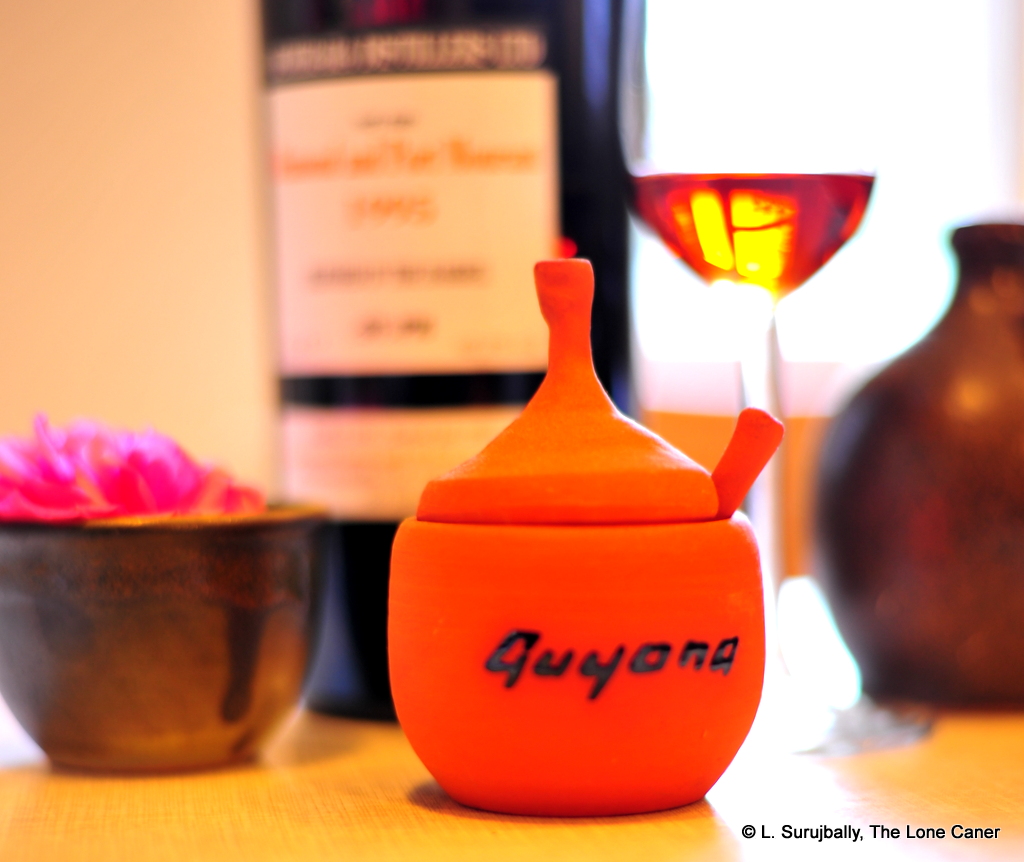
Even as I let it stand there, opening up, the dark amber rum introduced itself with a decisive nose that struck to the heart, and established its quality and originality at once. After tasting hundreds of rums over many years I didn’t think I was capable of surprise any longer…this thing proved me absolutely wrong. Immediate wine and feinty notes wafted out of the glass, accompanied by a cheering section of plums, blackberries and vanilla. I thought, okay, this was great, but it continued – caramel, smoke, some oakiness, licorice and dark toblerone notes added themselves to the overall mélange, combining into a luscious amalgam that represented an obscure and crazy kind of brilliant madness in a bottle. This was a rum I just could not stop nosing for another fifteen minutes, so enthralling was the experience.
That 62.1% really made itself felt on the palate, even after sitting around waiting to burn off for a while. It was certainly quite spicy, sharp even. Good body and awesomely intense mouthfeel, but this was one of the few Veliers where I thought it might be a shade too torqued up. But never mind that – just luxuriate in the panoply of tastes it provided in exchange. Licorice and marzipan led straight off, followed by burnt sugar, some tar (not as much as with the Caronis), mitigated by more unsweetened dark chocolate and coffee grounds. Port infused cigarillos, mixed in with smoke and wood, black cherries, more plums and more prunes, and some vague phenols rounding things out. Here water is absolutely recommended, and lo and behold, even more stuff came out – some stale coffee grounds (not as bad as it sounds), freshly sawn wood, musty old cigars and more smoke, honey and cream cheese. It was the gift that kept on giving. I went through three glasses of the stuff, while warding off the depredations of my better half, who was wondering what the gurgles of delight were all about. As for the finish well, pretty damned good, long of course, hot and spicy without the sandpaper rasping across the back of the throat, and final notes of dark chopped fruits, cake, more licorice, dried raisins and (weirdest of all) some fried bananas.
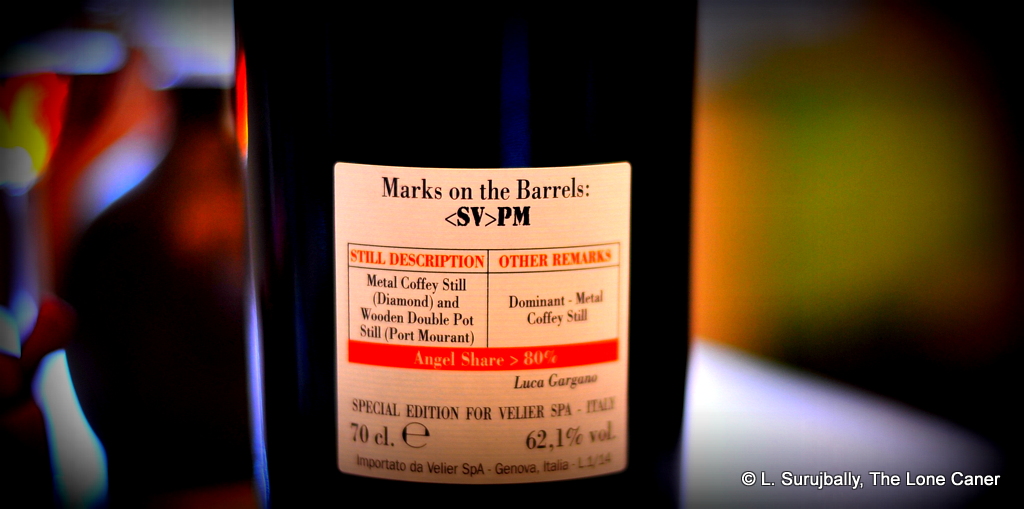
Think of it as you would an El Dorado on crack, beefed up and dialed to “11” and yet, and yet…it didn’t have the direct in-yer-face machismo of Velier’s single-still editions with their singular power and focus. In fact, the tastes were not so much fierce and attacking as well-behaved, coming across the taste buds in a strong and orderly fashion. For a rum this strong, that’s nothing short of amazing. Drinking and savouring and enjoying a rum like the Diamond-PM is to be reminded that rum can ascend to heights more makers need to seek. Luca rarely, if ever, just throws rum out the door, never dumbs his sh*t down, never dilutes it to crap or adds the worm. He always seems to try going for broke, and to experience this rum is to watch a man risking his talent and his company’s reputation, not merely taking them out for a stroll. I don’t know about you, but for me that deserves respect.
Other notes
2 barrels, 564 bottles
Distilled 1995, bottled July 2014. The sources are the metal coffey still of Diamond and the wooden double pot still of Port Mourant, with Diamond supposedly dominant.
The marks on the barrels were <SV> and PM. PM needs no elaboration. The SV is more problematic, because Diamond had marks <S>, S<W> and SVW at various times. Marco in his seminal essay of the various Guyanese estates thought it might be from one of the original owners, a Mr. M. Steele, or maybe Mr. Samuel Welsh. But in truth, with Diamond absorbing so many different estates in the last hundred years, it’s anyone’s guess. Shouldn’t stop you from reading his essay, though
